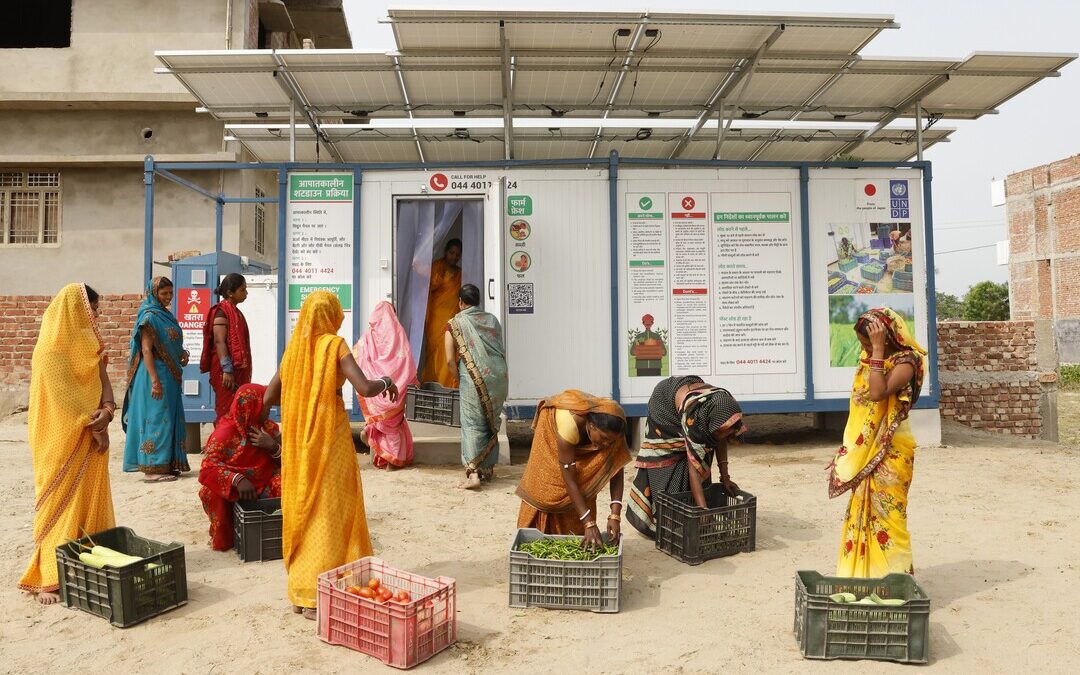India Must Finance Inclusive Green Transition to Meet 2070 Net Zero Goal: IEEFA
India must align finance, policy and institutions to ensure an equitable, inclusive and low-carbon transition to achieve its 2070 net-zero goal.
India must align policy, institutional mechanisms and capital flows to finance a “just transition” that is low-carbon, inclusive and equitable if it is to meet its target of net-zero emissions by 2070, according to the Institute for Energy Economics and Financial Analysis.
“The green transition must go beyond emissions reduction to address livelihoods, social equity and regional economic diversification,” said Gaurav Upadhyay, an energy finance specialist with IEEFA and lead author of the report that was published on Friday on the World Economic Forum website.
The shift will hit coal-dependent states such as Jharkhand, Chhattisgarh and Odisha hardest, as their economies and revenues are tied to industries like coal mining, thermal power, cement, steel and automobiles.
Integrating Social Equity into Climate Finance
While India’s climate finance has primarily targeted decarbonization through renewable energy, electric mobility and green buildings, Upadhyay said funding must also support skill development, entrepreneurship, small enterprises and safety nets for affected communities.
“To date, financing for these social dimensions remains limited and fragmented,” he said, adding that fiscal transfers, green budgeting and other public finance tools could be directed toward vulnerable regions.
Closing the Coordination Gap
Policy interest in a just transition is growing across India’s finance, power, coal, environment and labor ministries, but institutional coordination remains weak.
There is no mechanism to harmonize financing across federal, regulatory and state levels, leading to inefficiencies and poor alignment with local needs.
Existing instruments such as sovereign green bonds, corporate social responsibility funds and concessional loans could be tagged and directed toward community-focused outcomes.
CSR spending in coal regions, for example, could prioritize entrepreneurship, health care and education.
Unlocking Private Capital
Private investors need clear policy signals, risk mitigation measures and measurable outcomes to participate in just transition projects, Upadhyay said.
Blended finance models could de-risk investments, while sustainability-linked loans and bonds could tie funding to workforce or regional development targets.
The report called for capacity-building at all levels — from the Reserve Bank of India and Securities and Exchange Board of India to state governments and civil society — to integrate just transition principles into reporting, lending and project planning.
Phased Roadmap
From 2025 to 2030, India should focus on preparatory actions, including mandating just transition disclosures under SEBI’s business responsibility and sustainability reporting framework. Between 2031 and 2035, financing windows should be scaled, and state budgets should prioritize green jobs.
Longer term, ministries, state governments, corporations and academic institutions must work together to reinvest green sector tax revenues into transition programs and ensure vulnerable communities are not left behind.
“As India accelerates the shift away from fossil fuels, it must also strengthen the social scaffolding required to ensure that workers, communities and vulnerable regions are not left behind,” Upadhyay said. “A well-crafted just transition financing ecosystem can ensure the transition is not only green, but also fair.”
Nirmal Menon
Related posts

Subscribe
Error: Contact form not found.


